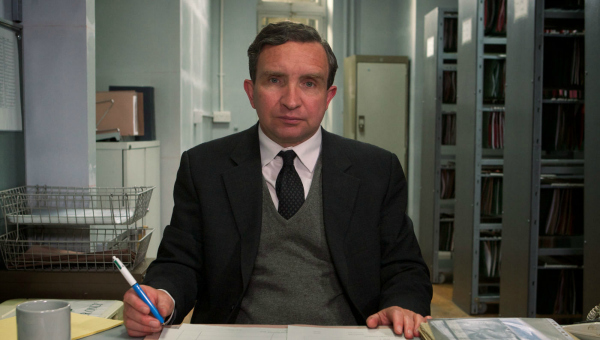 Loneliness is both a particularly 21st century disease, and the final social stigma that can never be mentioned. To be that strange, solitary person who lives alone within an overcrowded world is too sad a fate for anyone to contemplate. How can anyone be lonely in an overcapacity everyday reality soundtracked by the endless ping of texts, emails and status notifications, where social media documents every last detail and miniscule event of mundane lives? “Just up. Bran Flakes for breakfast. Yum, my favourite, LOL”. You, and 78 other friends, like this.
Loneliness is both a particularly 21st century disease, and the final social stigma that can never be mentioned. To be that strange, solitary person who lives alone within an overcrowded world is too sad a fate for anyone to contemplate. How can anyone be lonely in an overcapacity everyday reality soundtracked by the endless ping of texts, emails and status notifications, where social media documents every last detail and miniscule event of mundane lives? “Just up. Bran Flakes for breakfast. Yum, my favourite, LOL”. You, and 78 other friends, like this.
Surely nobody can be lonely in fast and furious 2015 with all communication and message settings firmly flicked to On? Perhaps that’s why it’s all the more horrific when a dead body is found in an otherwise empty home, estimated time of death to have been several weeks earlier, no suspicious activity. How do these people fall through the cracks? Did they want it to end this way?
In Uberto Pasolini’s STILL LIFE, Eddie Marsan gives a beautifully subtle portrayal of one man who is about to fall through those cracks, if he hasn’t done so already. Marsan (in a role for which he deservedly won the 2014 Edinburgh International Film Festival’s Best Performance Award) plays John May, a council employee who scrupulously toils in tracing any surviving friends or relatives of people who died alone without any visible means or attachments. May is that weird but nice enough guy with whom you might share an office but rarely remember anything of their actual existence. A strange little man who diligently performs his work duties before going home to an empty flat and a frugal, friendless life.
Marsan is sublime as May, providing a human focal point at the centre of STILL LIFE’s stark but gentle humour.
When May is unable to track down anyone else, he himself becomes solitary mourner at a parade of funerals, perhaps realising where his life is inevitably headed and hoping that some stranger would do the same for him at that unknowable and uncomfortably near future point. Surrounded by the dead, living or otherwise, May suddenly finds himself facing redundancy and therefore losing his last meagre link with the human race. Desperate to tidy up any loose ends, May goes out of his way to find any living persons who he can connect with the body of his unknown neighbour, a violent alcoholic. In doing so, he discovers that some people have been left alone with good reason.
Marsan is sublime as May, providing a human focal point at the centre of STILL LIFE’s stark but gentle humour. Little back story is provided for May, leading the audience to wonder what trauma could have blasted him apart and left him the shell of a human being, existing solely to care for the undearly departed. He is a man beaten down by life, accepting his fate with weary stoicism and offering himself as an empty vessel for other people’s tragedies. His needlessly sparse living arrangements display a man who has no love or care for himself.
It is Marsan’s character study of a lonely man trying to complete his life’s duty which makes STILL LIFE such a rewarding film. While lurching into slightly saccharine sentimentality towards the end, it is hard to deny the emotional heft the film gains in doing so. Lives can be derailed by the simplest twists of fate and every grave marks the existence of some person who had hopes and dreams which perhaps remained unfulfilled. Everyone would surely wish they are not left alone at the end, or without a humble and nonjudgmental ferryman like John May to smooth their passing.
httpvh://youtu.be/Gt9CsXrlO8Y


Excellent and perceptive summary. I was glad of being lugged into a warmer place at the end, though, artificial though it might have been.